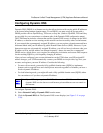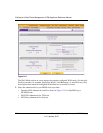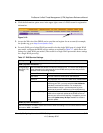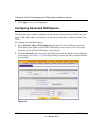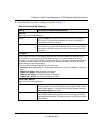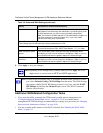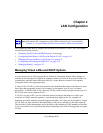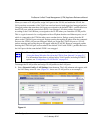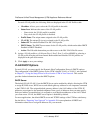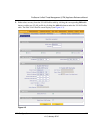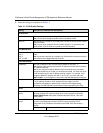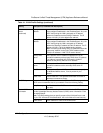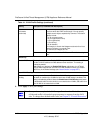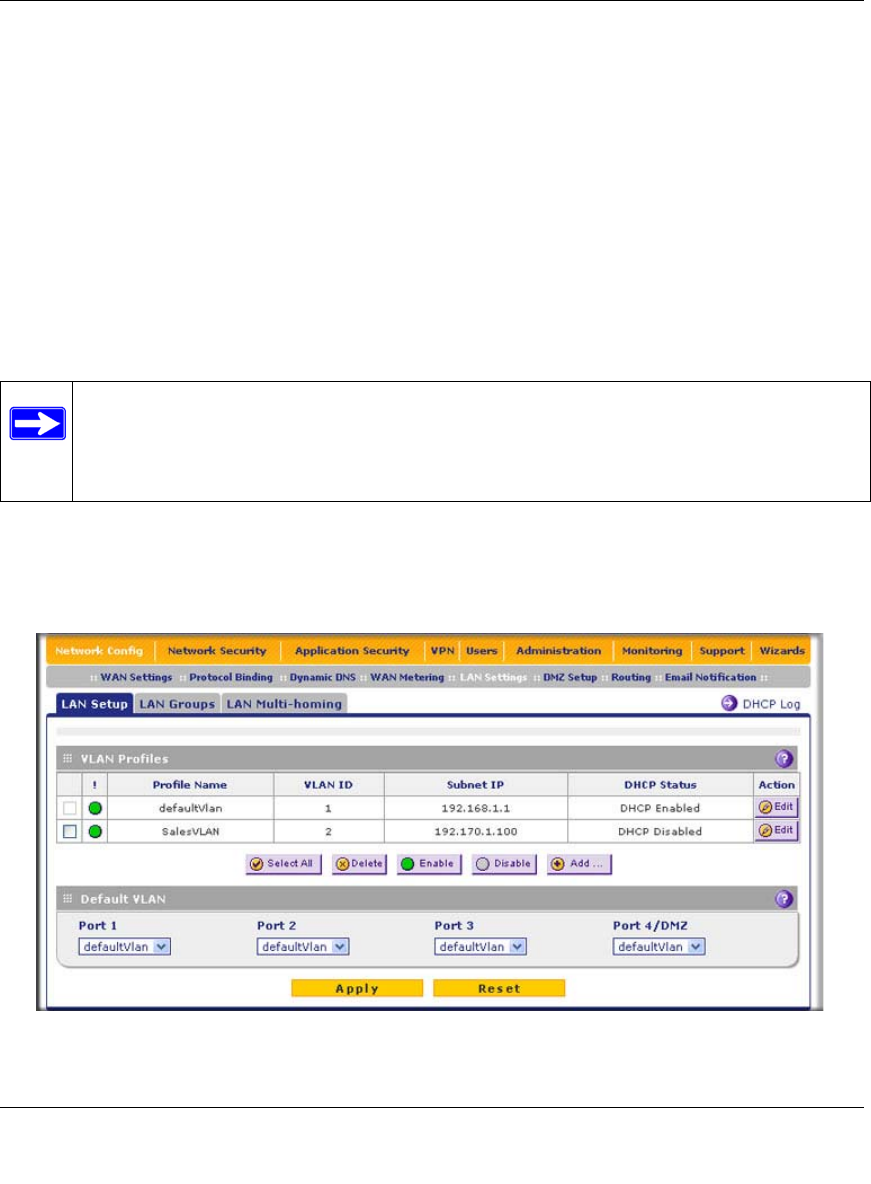
ProSecure Unified Threat Management (UTM) Appliance Reference Manual
LAN Configuration 4-3
v1.0, January 2010
When you create a VLAN profile, assign LAN ports to the VLAN, and enable the VLAN, the
LAN ports that are member of the VLAN can send and receive both tagged and untagged packets.
Untagged packets that enter these LAN ports are assigned to the default PVID 1; packets that leave
these LAN ports with the same default PVID 1 are untagged. All other packets are tagged
according to the VLAN ID that you assigned to the VLAN when you created the VLAN profile.
This is a typical scenario for a configuration with an IP phone that has two Ethernet ports, one of
which is connected to the UTM, the other one to another device. Packets coming from the IP
phone to the UTM LAN port are tagged. Packets passing through the IP phone from the connected
device to the UTM LAN port are untagged. When you assign the UTM LAN port to a VLAN,
packets entering and leaving the port are tagged with the VLAN ID. However, untagged packets
entering the UTM LAN port are forwarded to the default VLAN with PVID 1; packets that leave
the LAN port with the same default PVID 1 are untagged.
To manage the VLAN profiles and assign VLAN profiles to the LAN ports:
1. Select Network Config > LAN Settings from the menu. The LAN submenu tabs appear, with
the LAN Setup screen in view. (Figure 4-1 shows two VLAN profiles as an example.)
Note: The configuration of the DHCP options for the default VLAN are explained in
“Using the Setup Wizard to Provision the UTM in Your Network” on page 2-1.”
For information about how to add and edit a VLAN profile, including its DHCP
options, see “Configuring a VLAN Profile” on page 4-6.
Figure 4-1



